Marketing is changing fast. We’ve moved from AI just helping out to AI actually taking charge. It’s no longer about tools that only assist. Today, autonomous AI can look at mountains of data and decide what to do next without someone hovering over it. You know how marketers used to spend hours entering data, scheduling posts, or checking reports? HubSpot’s 2025 report says 78 percent of marketers feel AI already saves them from all that busywork.
Autonomous AI doesn’t just recommend ideas anymore. It can run campaigns, tweak them on the fly, and even optimize results without waiting for approval. Faster and smarter processes are all involved in planning, executing, and growing. In simpler terms, the humans set the aims, and the AI does the number crunching. There are already some campaigns that are run in this manner, and the impact is quite evident.
What Defines Autonomous AI in the Martech Context?
Marketing has always used automation to make life easier. You set it up, and it just runs. Emails get sent, chatbots answer the usual questions, and content posts show up when they are supposed to. Easy, right? But here’s the thing: it does not notice when customers start acting differently. It cannot figure out new ways to reach them on its own. That’s where autonomous AI steps in. It doesn’t just follow rules. It looks at the results, figures out what works, and tries new approaches. It can tweak little things on the fly and even suggest bigger moves without waiting for someone to sign off every single step.
Now, how does it actually do that? Well, it digs into loads of data from websites, social media, and CRM tools to figure out what’s really happening. It spots patterns that humans might miss. Adobe’s AI platform does this to help marketers guess what customers might want next and create campaigns that actually get results.
Then, it can run campaigns almost by itself. The AI changes bids, switches creative content, and adjusts who sees the ads on the fly. At Adobe Summit 2025, they showed it juggling thousands of combinations at once. Imagine a whole human team trying to do that; it’s impossible.
Also Read: B2B Marketing Leaders Forum ASIA 2025: Redefining Leadership, Growth, and the Future of B2B Marketing
Finally, it can suggest bigger moves, like moving budgets to different channels or finding new markets to explore. Adobe’s AI and Digital Trends Report 2025 shows marketers are actually noticing a difference. Campaigns seem to run a bit smoother, decisions get made quicker, and it feels easier to see where growth is heading.
At the end of the day, autonomous AI takes care of the hard stuff. Marketers can finally spend time on the creative side, think about strategy, and focus on telling the brand’s story.
The Core Revolution in Managing Autonomous Campaigns
Watching the Customer Journey in Real Time
Autonomous AI is always paying attention. Every click, scroll, and time spent on a page is noticed. Then it decides what should come next; an email, an ad, or a product recommendation, and does it almost immediately. It is like having someone watch every move your customers make, but faster than any human could.
The real power is in personalization. Forget dividing people into big segments. This AI can treat each person as their own segment. Every interaction becomes personal, almost like talking to a single person instead of a crowd.
Cutting Out Human Delays
One of the biggest advantages is speed. If a trend changes or a campaign element starts failing, the AI notices right away. Humans cannot react this fast because of meetings, working hours, or just plain delays.
The AI also keeps an eye on budget and bidding across platforms like Google and Meta. It looks for every tiny improvement it can make. Every dollar spent is optimized without needing someone to double-check it.
Turning Ideas into Real Campaigns
Google’s tools show how this works in the real world. At Google Marketing Live 2025, they talked about AI Overviews and AI Mode. These tools help marketers turn ideas into visual content quickly. AI Max for Search campaigns helps brands like L’Oréal and MyConnect reach the right people and see better results. Then there is Asset Studio, which is a place where all creative ideas can come together and get scaled using AI.
Execution mastered, marketers can now move up to strategy and leadership. They spend less time on the small stuff and more time thinking about big-picture ideas, campaigns, and how to grow the business. Autonomous AI handles the details while humans focus on the vision.
Redefining the Role of the Modern Marketer
With autonomous AI doing the execution, marketers don’t have to get stuck in the small stuff all day. They can step back and think bigger. Their role changes. They look at data, make sense of it, figure out what the brand should say, and plan the big goals. They get to be creative and strategic instead of just doing tasks.
And the AI helps them see ahead. It can run tons of simulations to guess what might happen next. Like, how much inventory they will need, or how pricing changes might affect sales. Even how customers feel about the brand. This helps spot problems early before they get out of hand. It also helps marketers take smarter risks without guessing too much.
The Manager allows companies to conduct their promotions on WhatsApp, Facebook, and Instagram from one single place. The same creative can be used for the campaign, the same setup procedure can be followed, and AI can be allowed to determine the best place to spend the budget for the optimized results. AI Max for Search does something similar. It figures out where the money should go to get the most impact.
In the end, marketers can focus on planning, stories, and big ideas. The AI takes care of the heavy lifting, running campaigns smoothly and keeping everything on track. Humans think, decide, and create. AI handles the rest.
Challenges and Ethical Trust
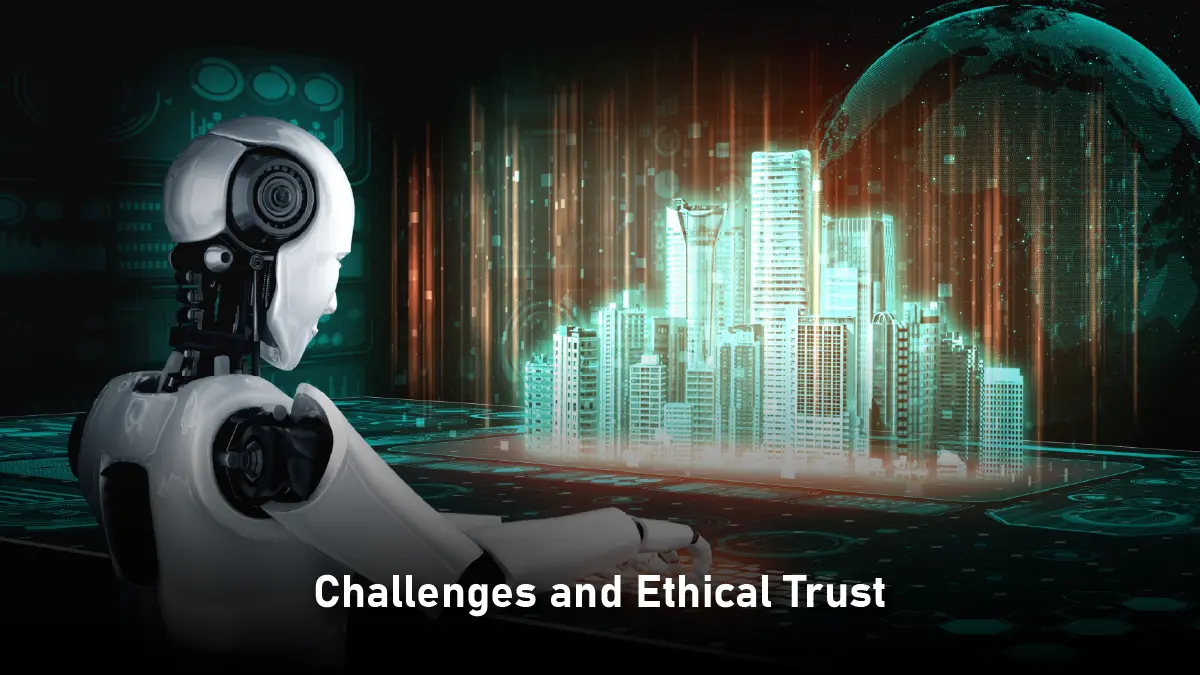
AI can do a lot, but it’s not magic. Sometimes it makes decisions and you’re left thinking, wait, why did it do that? That’s the explainability problem. Humans need systems that can actually show their work, so you know why a choice was made and can trust it.
Bias is another headache. AI is basically learning old-school data, and that can sometimes imply certain categories getting neglected or biased treatment. Therefore, somebody needs to monitor it constantly, ensure justice is served, and establish regulations to prevent any deviation from the proper course.
This is a frequent topic on the World Economic Forum’s agenda. Their Responsible AI in Africa initiative looks at how AI can really help in local sectors like healthcare, energy, education, and finance; if it’s done the right way. Their AI in Action report also shows examples of where AI can succeed and where it can mess up.
Basically, AI can do amazing things, but humans have to steer it, or it won’t work the way it should.
The Marketer as the AI Conductor
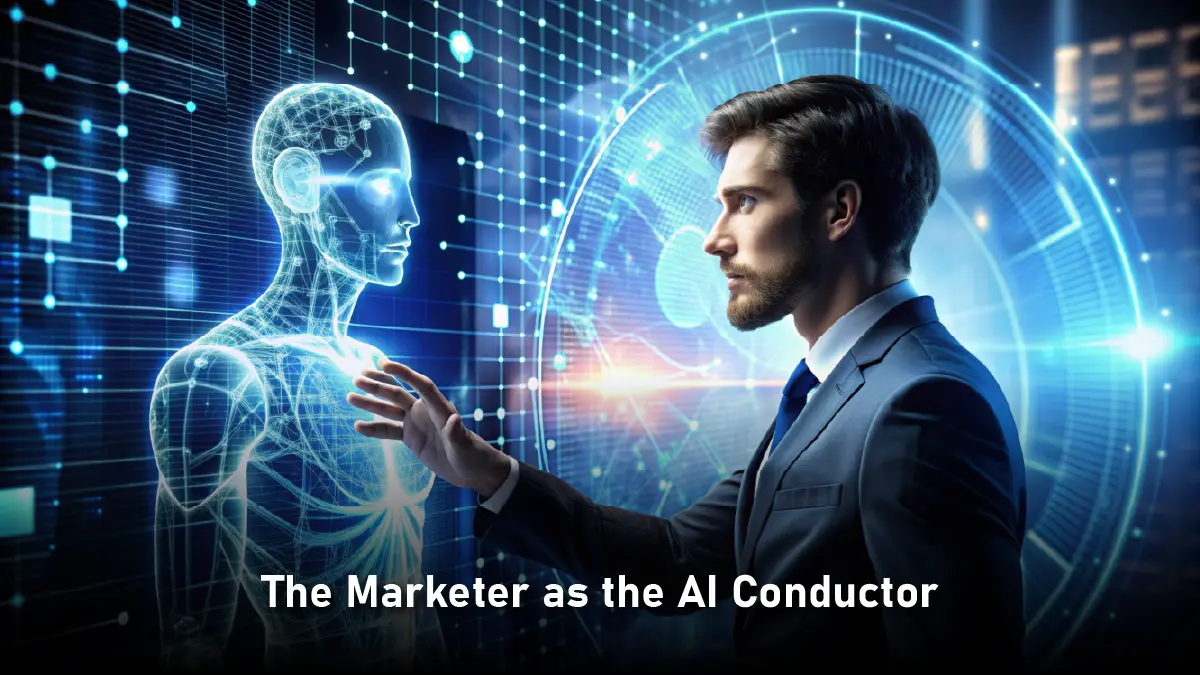
Autonomous AI is not here to replace marketers. It’s more like a tool that lets them step up and take the lead. Think of marketers as conductors. The AI handles the how and the when, running campaigns and making small adjustments. Humans decide the why and the what, setting the goals and shaping the strategy.
In case brands want to be in the lead, then, they have to begin already. First, take small, goal-oriented pilots, test out what is effective, and allow the AI to learn and adjust. The future is reserved for those groups which are able to cooperate with AI to evolve in their thinking, practical deeds, and growth.
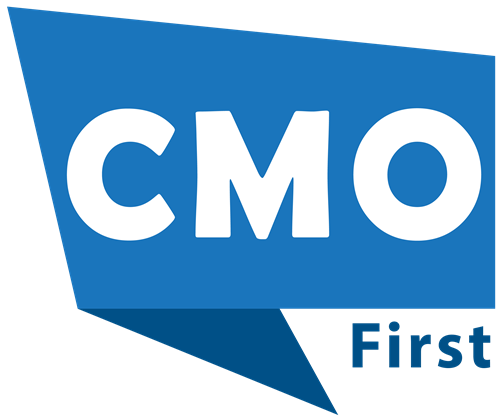

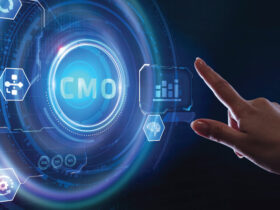

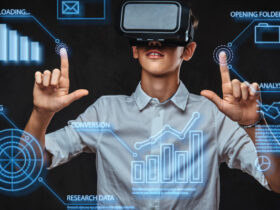
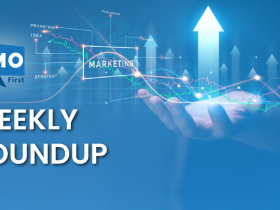

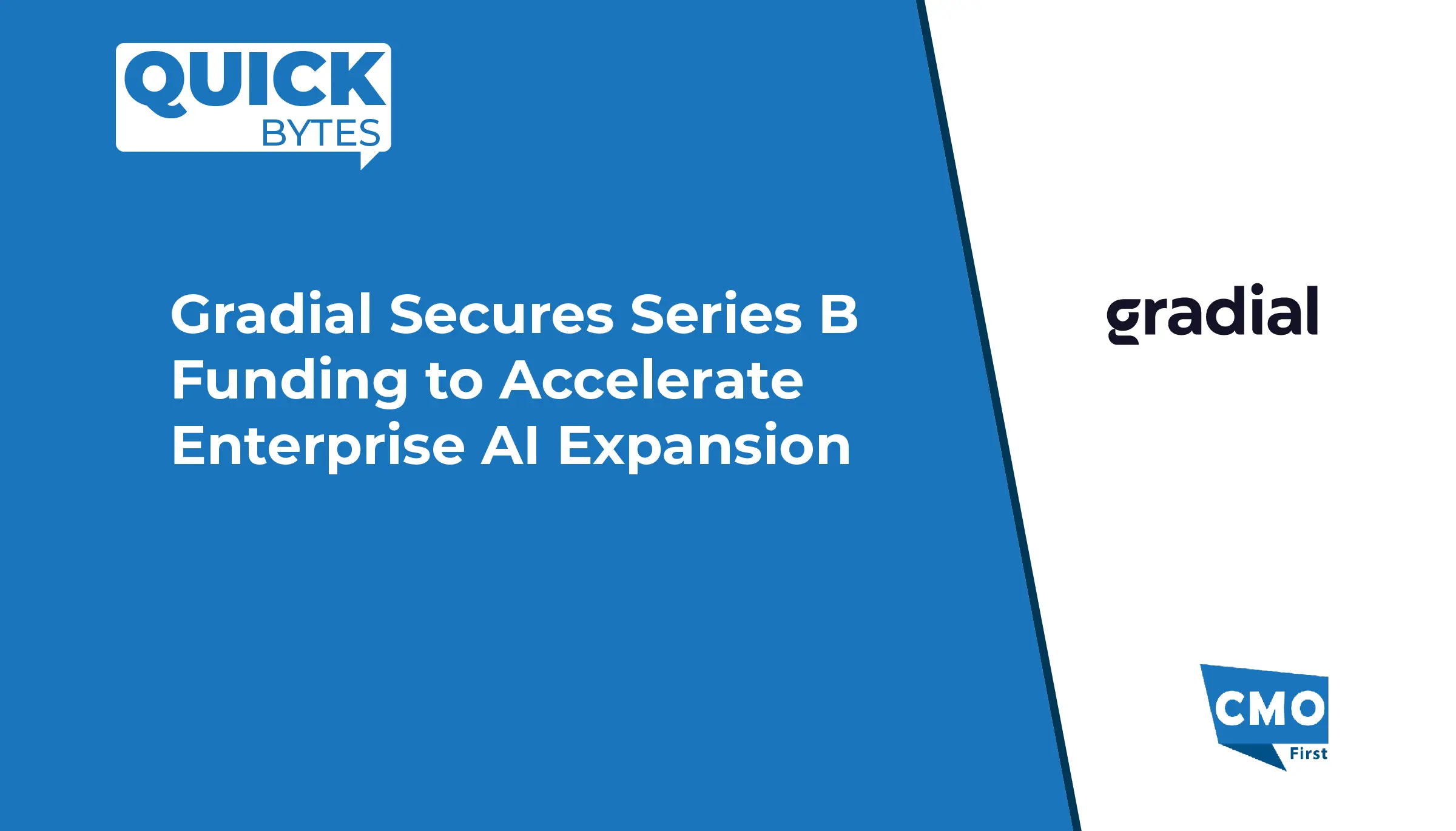
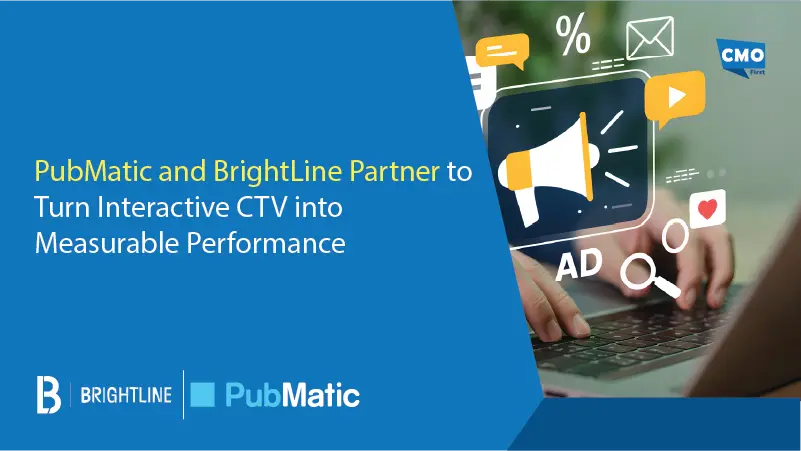
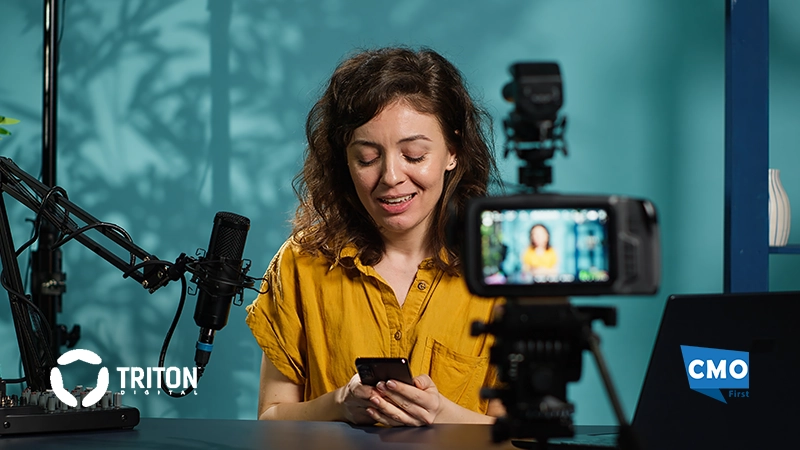
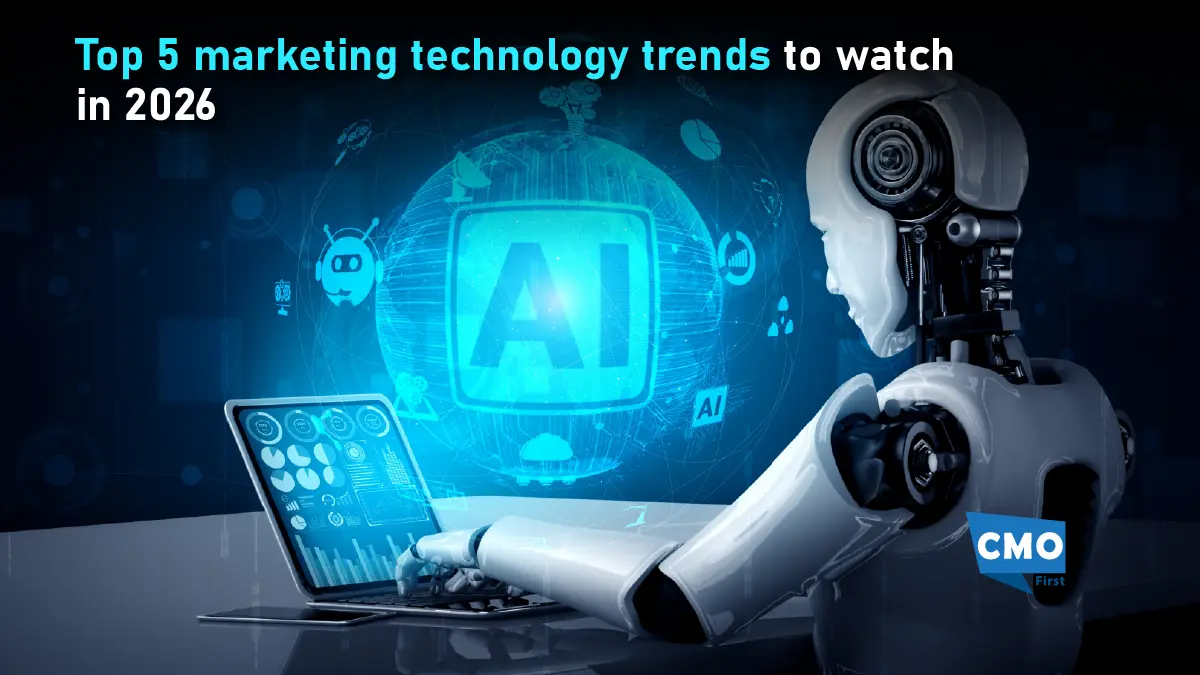
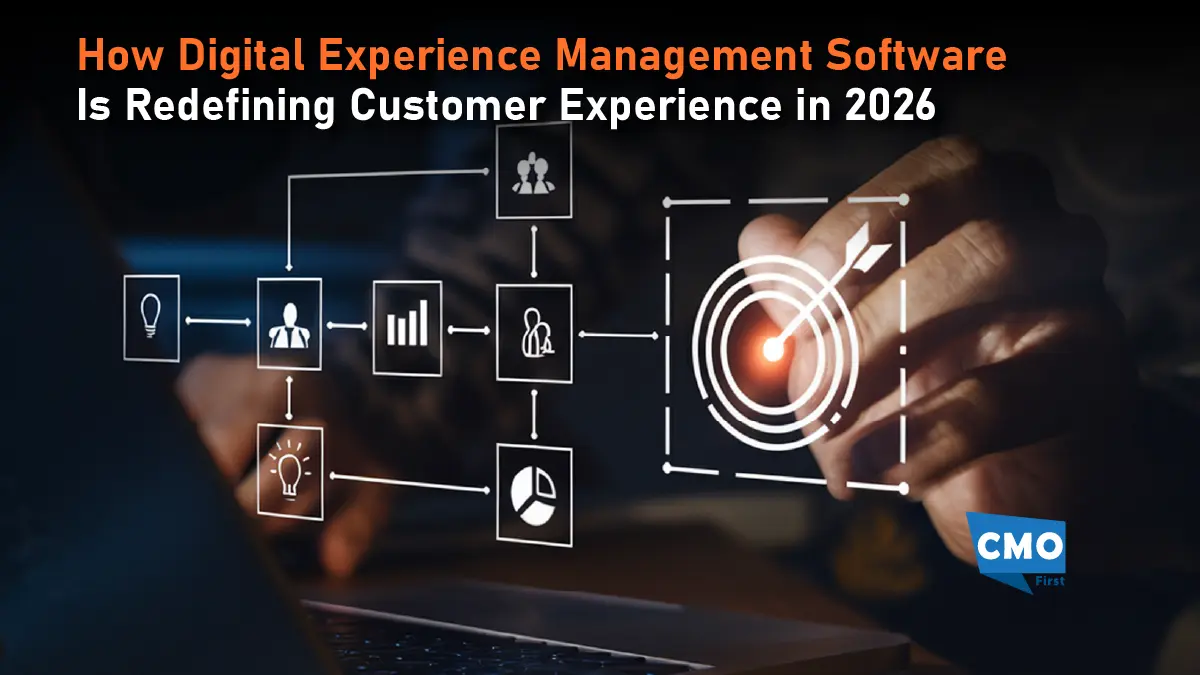
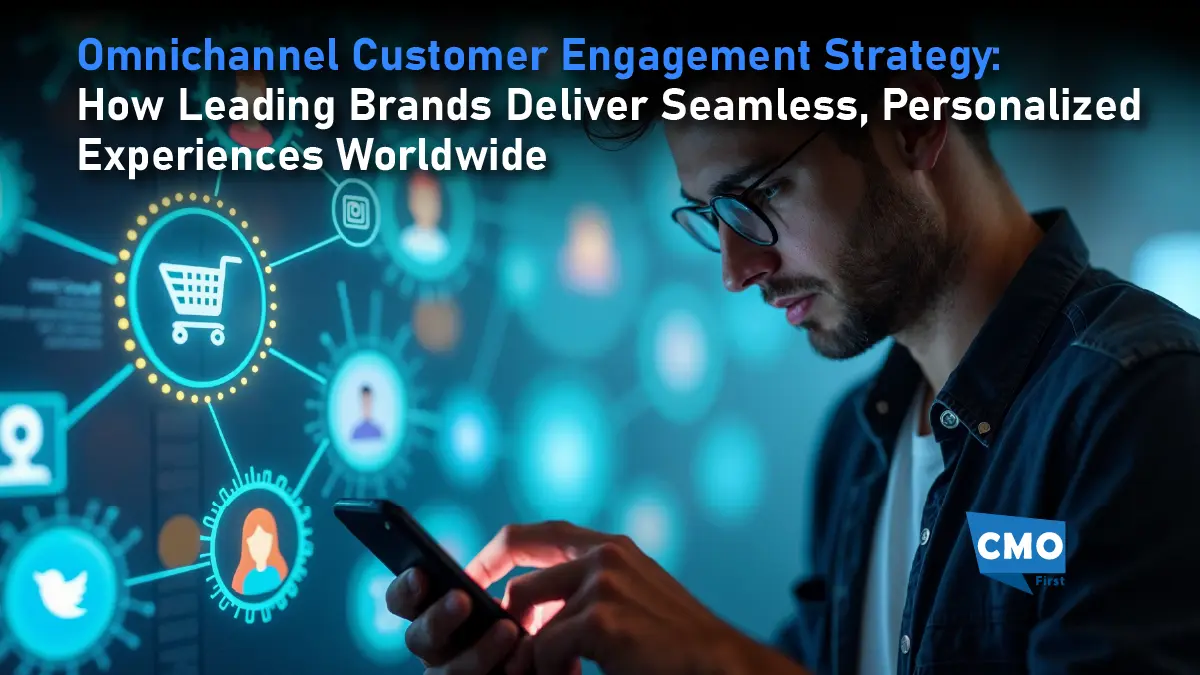
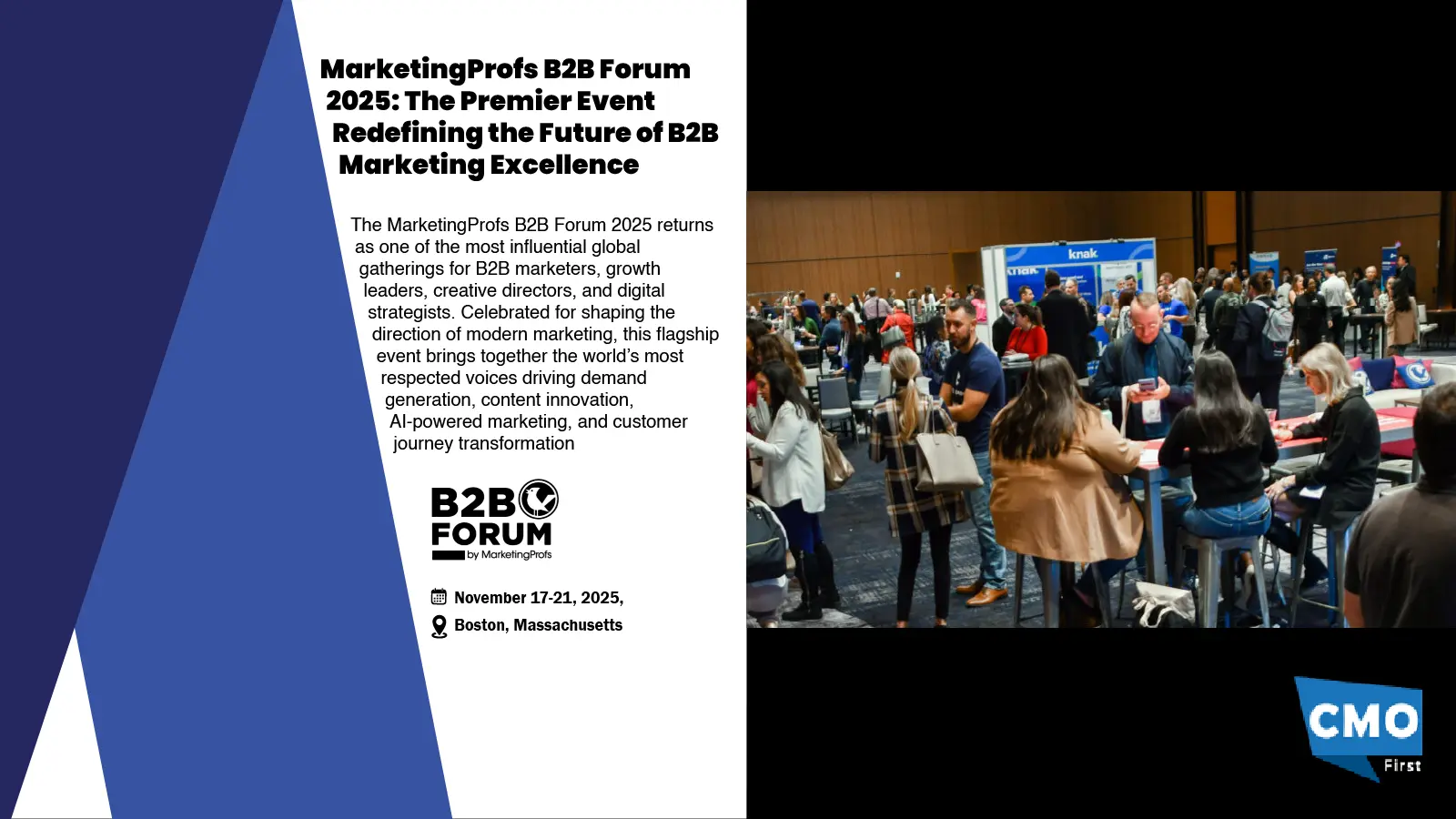

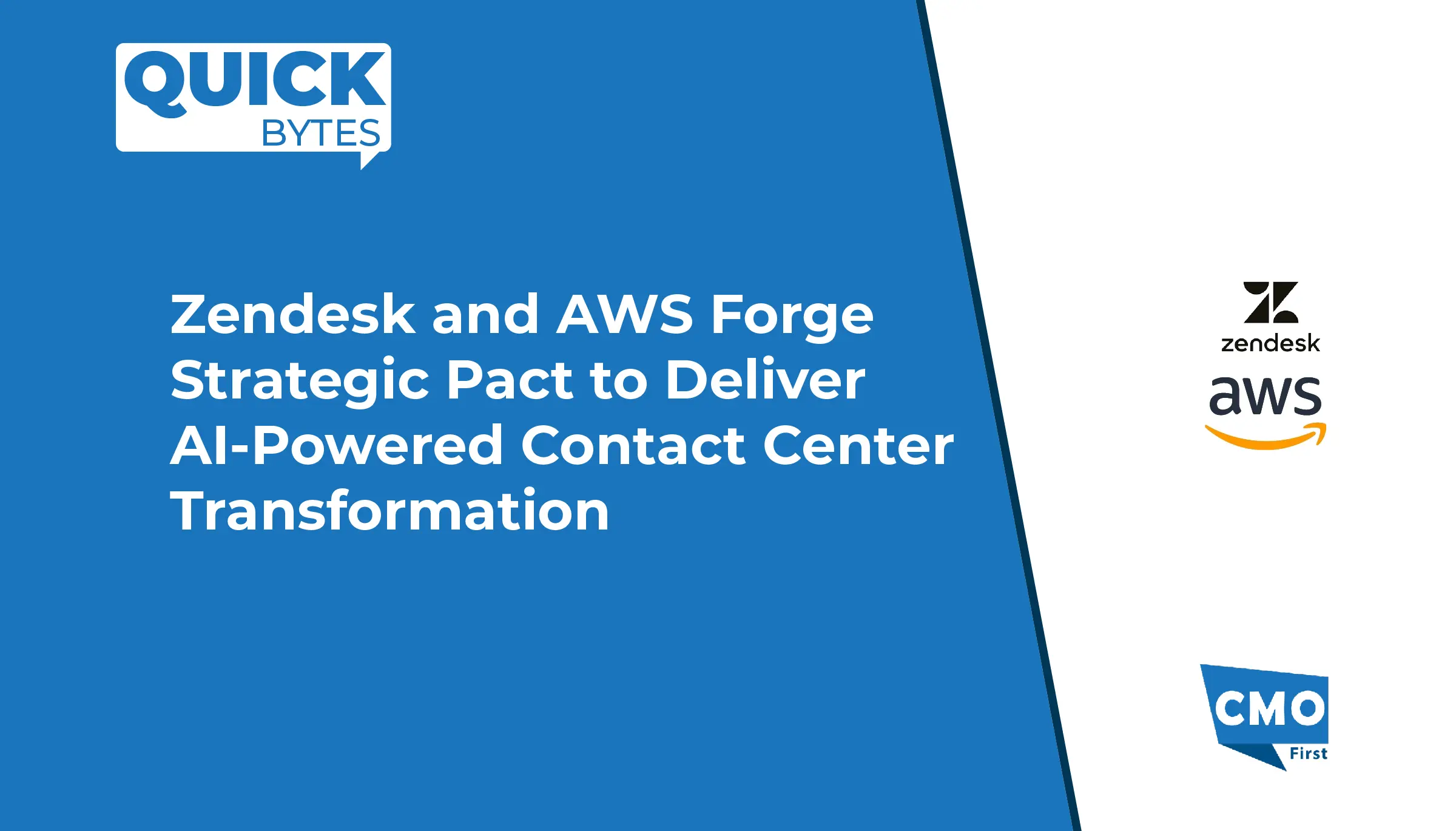
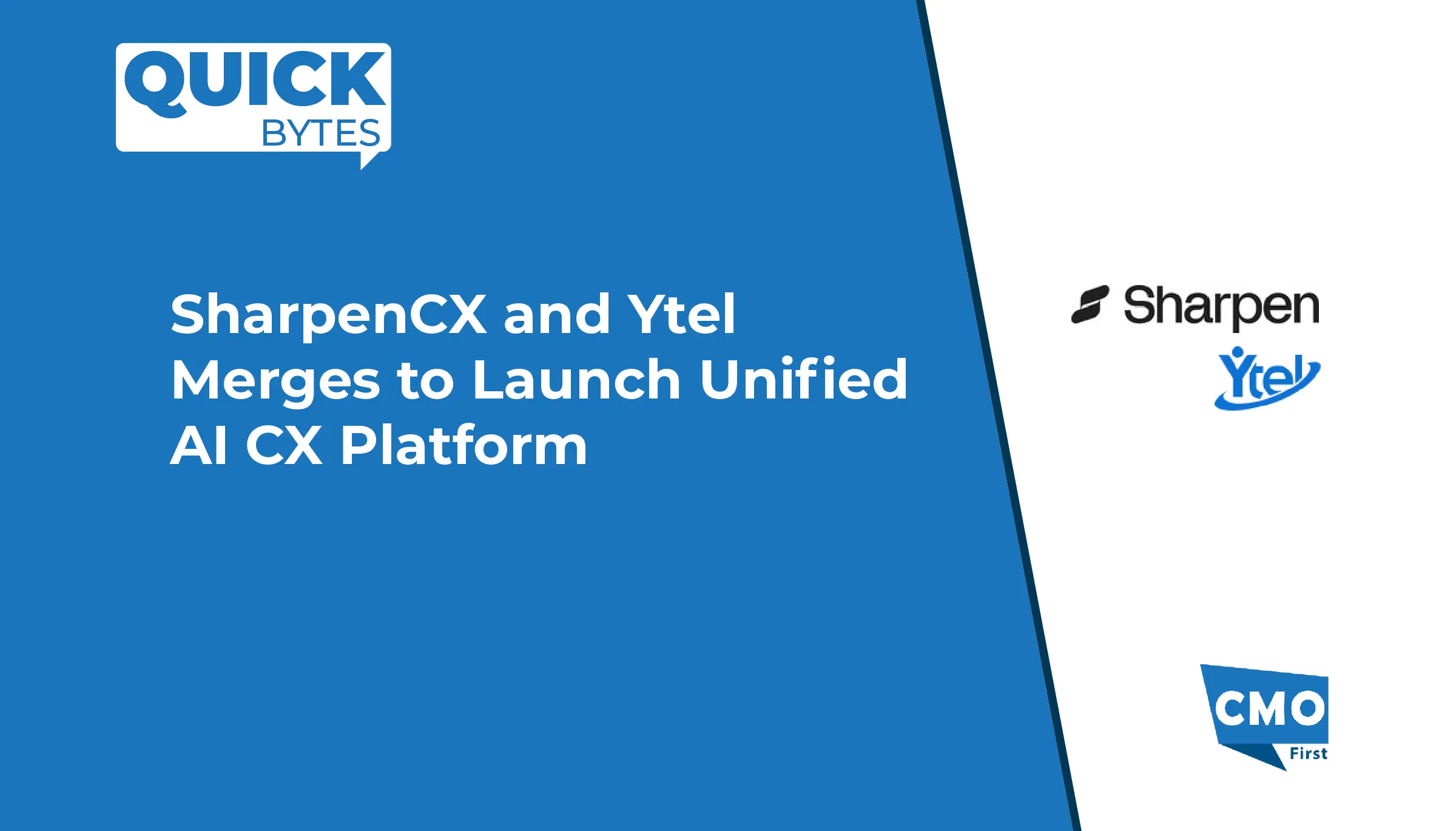
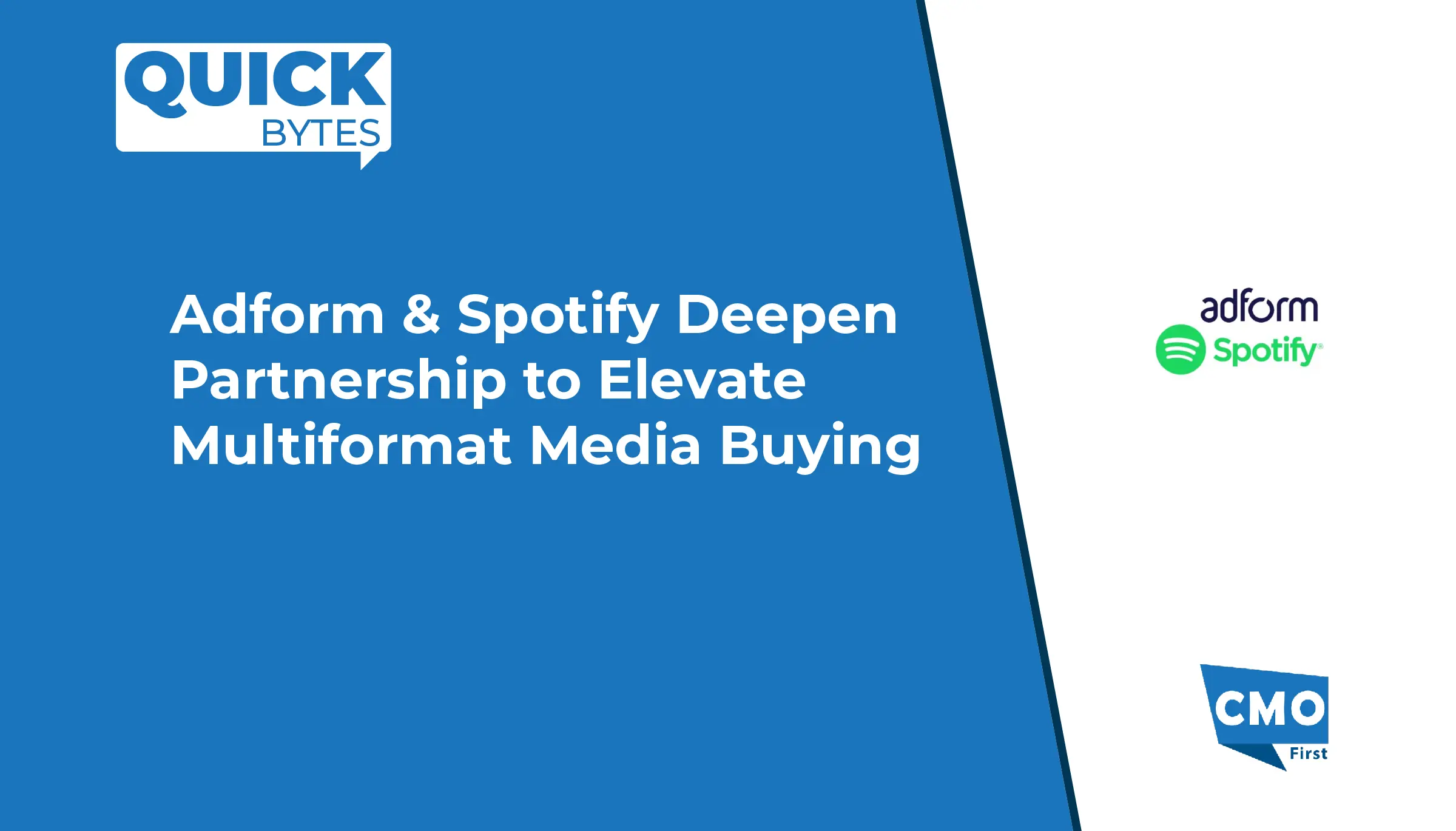
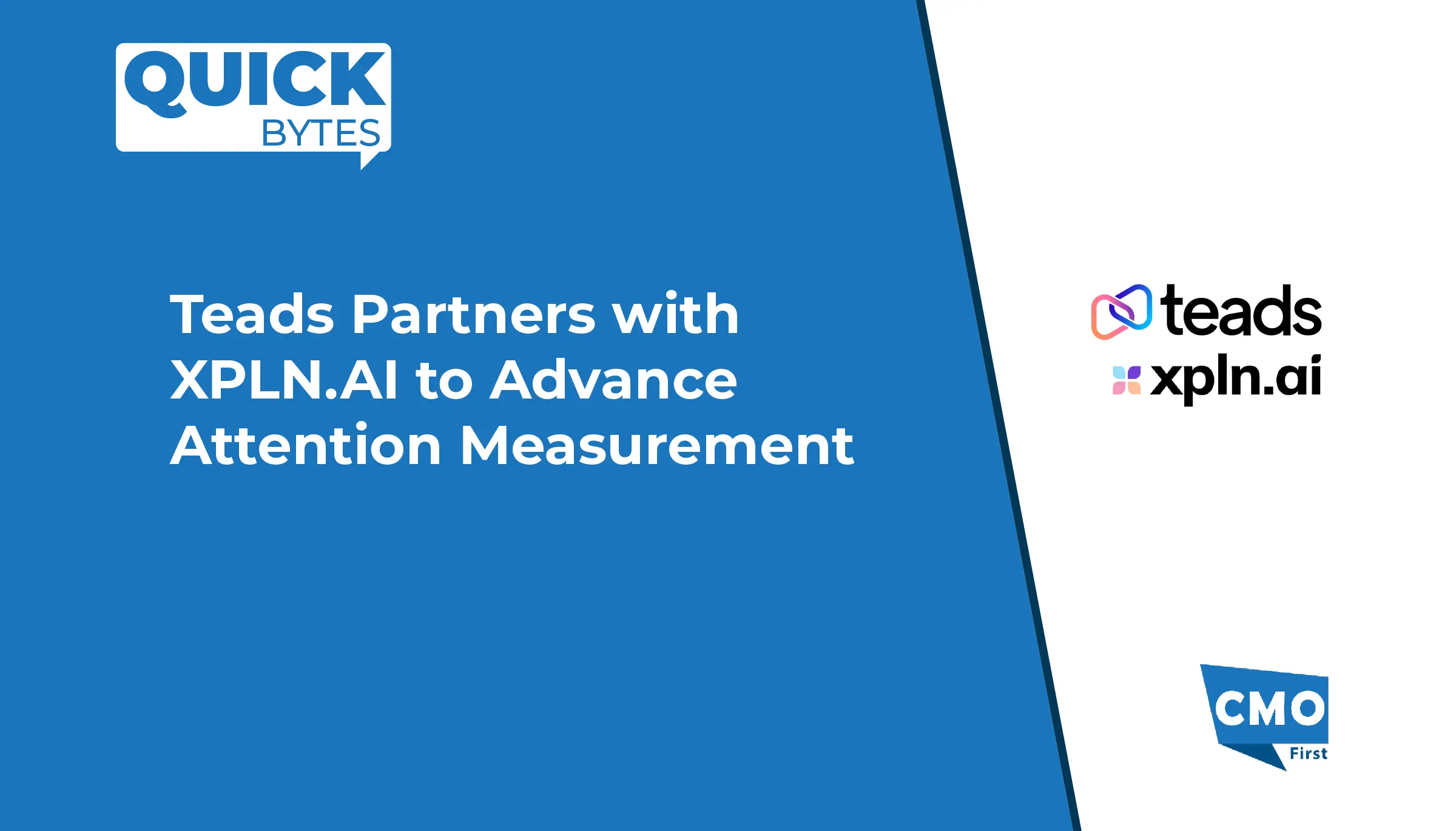
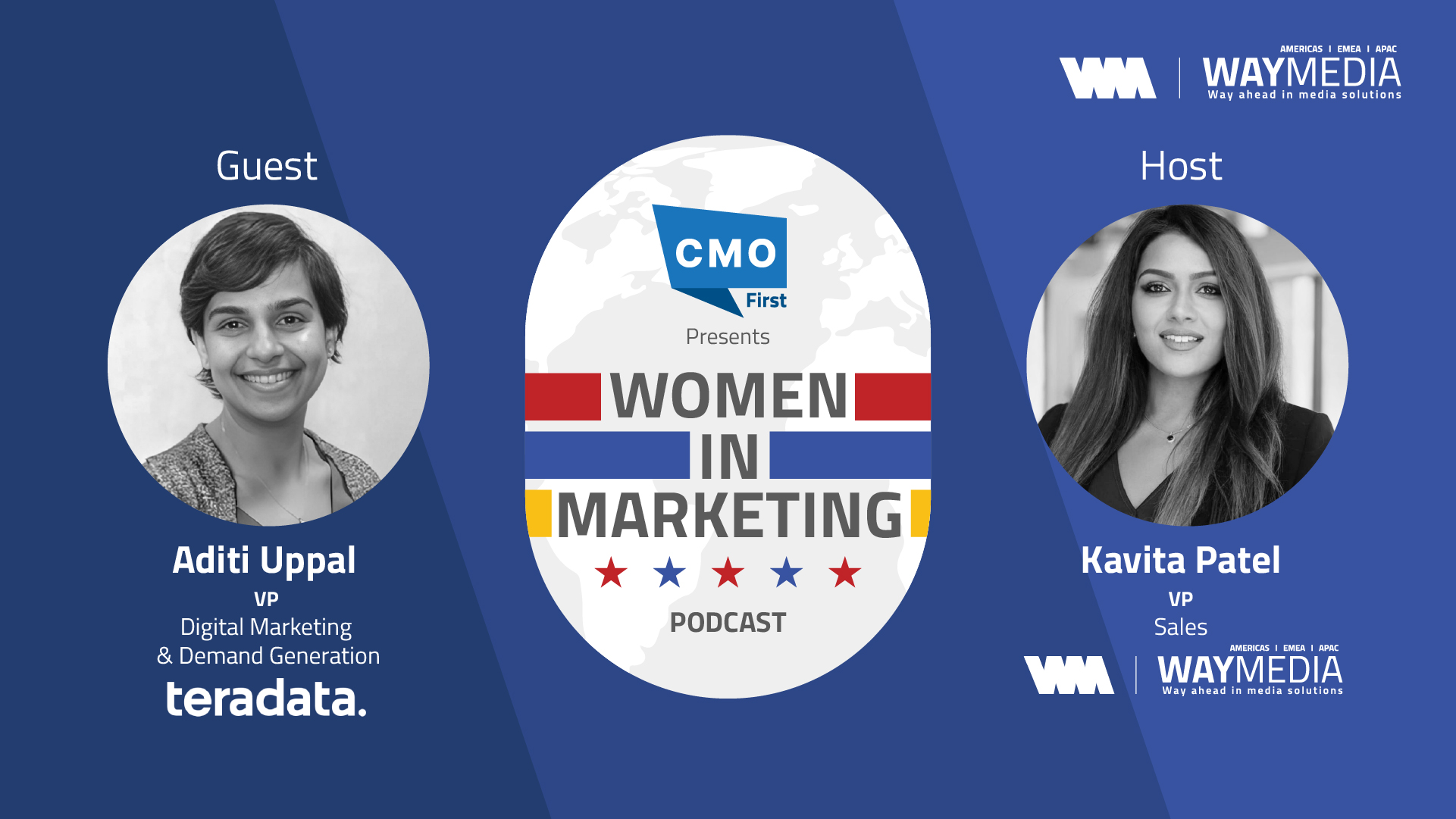

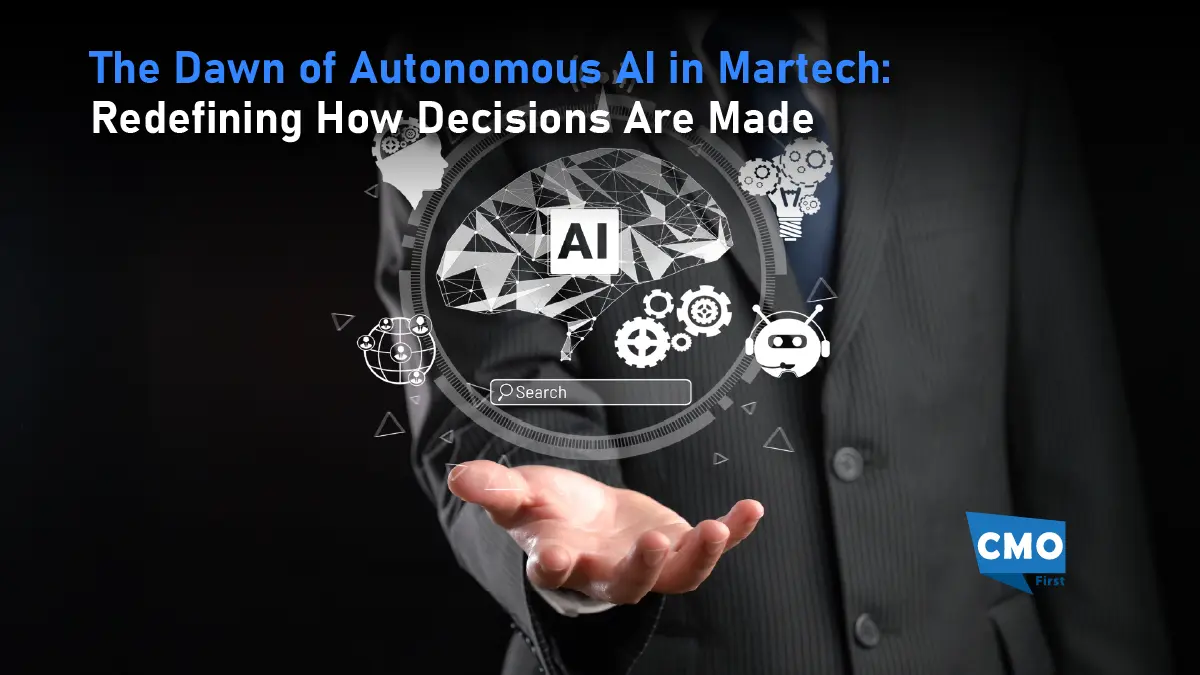
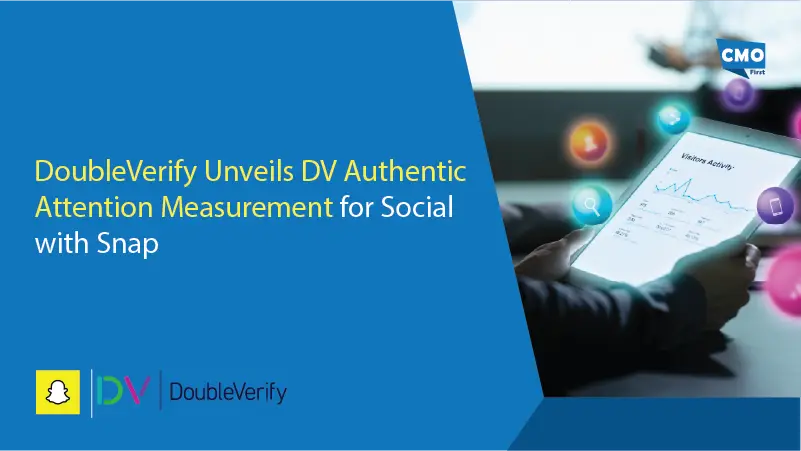
Leave a Reply